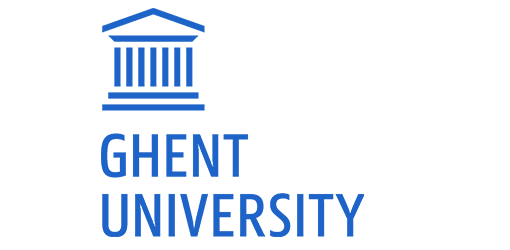Design of Business Process Architecture Viewpoints in ArchiMate
Context
This topic belongs to the cluster Business Process Architecture modelling, design and analysis. It is suitable for students in
– Business Engineering (all fields of study)
– Business Economics (MBE:BE) (background in computer science, ICT, information management or informatics)
– Business Administration (Management and Informatics field of study)
A duo master thesis is possible, though not a requirement.
Description
ArchiMate is the standard modeling language for enterprise architecture. The enterprise architecture of an organisation refers to the structural and dynamic composition and properties of its ‘system’ of goals, strategies, business organisation (roles, responsibilities, processes, functions, services, products, ..), information systems (data and applications), information technology, other infrastructure (facilities, machinery), and implementation and migration plans (programs, projects, work packages). Enterprise architects are responsible for the coherence of all these organisational assets and knowledge items and help to steer the organisation in the right direction, supporting its strategic initiatives with their knowledge, skills and toolset. ArchiMate, as modeling language for describing, analysing, designing and evolving the organisational enterprise architecture is part of that toolset.
ArchiMate is continuously further developing having reached version 3.0 in mid June 2016. As a powerful modeling and analysis language, it is also becoming increasingly more complex to use, and mechanisms are being developed to master this complexity. One mechanism is that of viewpoints, which specify for particular stakeholders (e.g., CIO, product line manager, software development team) and for the specific purposes they have, the relevant enterprise architecture concepts, relations and properties that should be described in what is called an architecture view (i.e., subset of the entire architecture, possibly depicted in a for the target audience adapted notation).
The purpose of the thesis is to define a number of business process architecture viewpoints. Such viewpoints allow describing the system of business processes of an organisation, their components (i.e., elementary business processes and business process composites), relations, and properties, within the context of the overall enterprise architecture. The previous version of ArchiMate already includes one such viewpoint (i.e., the business process co-operation viewpoint), but other viewpoints need to be defined, depending on the purpose of use of business process architecture in different disciplines (e.g., Business Process Management, Goal-Oriented Requirements Engineering, Business/IT Alignment).
The following research activities are planned:
1. Literature study on viewpoints of business process architecture. What are the different uses of business process architecture? Who is using it? What are the essential concepts and properties of business process architecture for each of these uses/users?
2. Synthesize the results of the study in a number of viewpoints and map the relevant concepts and properties to ArchiMate 3.0. To test the design of the new viewpoints, a case-study approach will be taken (based on an existing documented case or a new case)
3. Implement the viewpoints in a modeling tool, e.g., Archi. The degree of implementation will depend on the programming skills and interests of the students, and more emphasis on this phase will be put in case of a duo master dissertation.
Reference
A good starting point for the research is a recent paper co-authored by Geert Poels, as an output of a joint research project with the ALARCOS research group of the University of Castilla-La Mancha (Ciudad Real, Spain). You can download the paper here: https://biblio.ugent.be/publication/8625249
